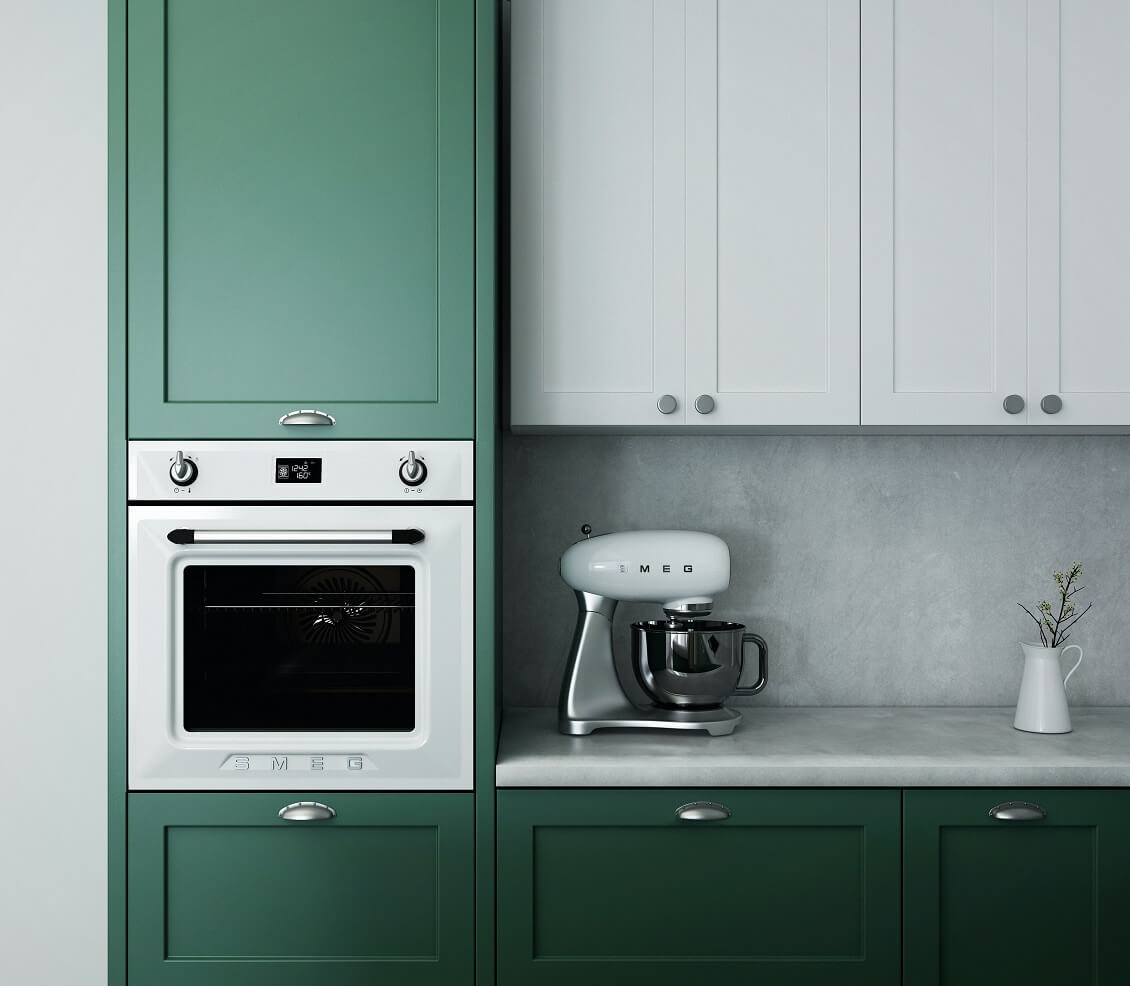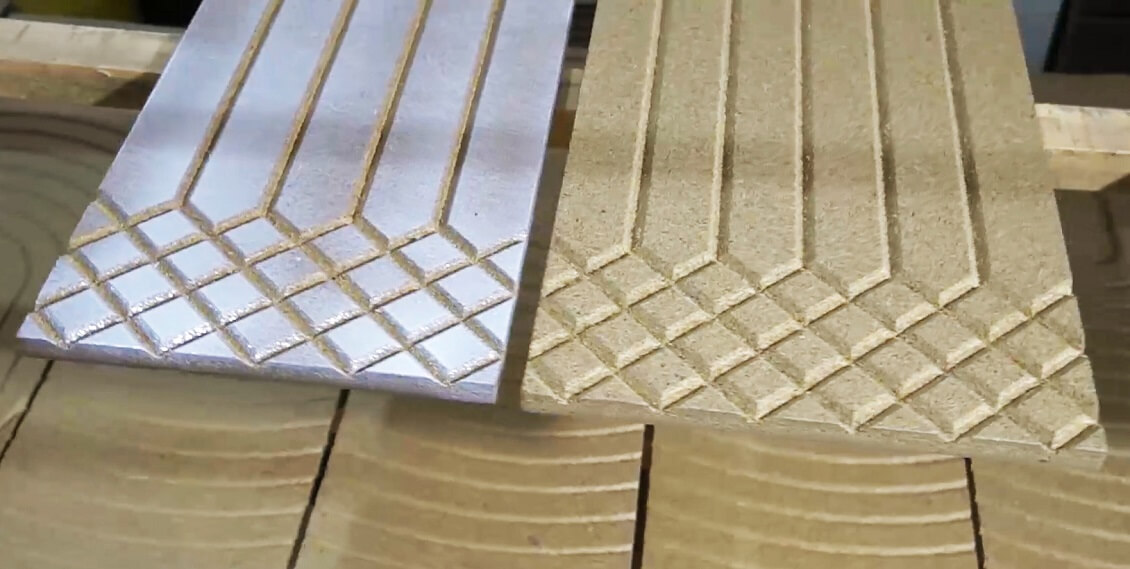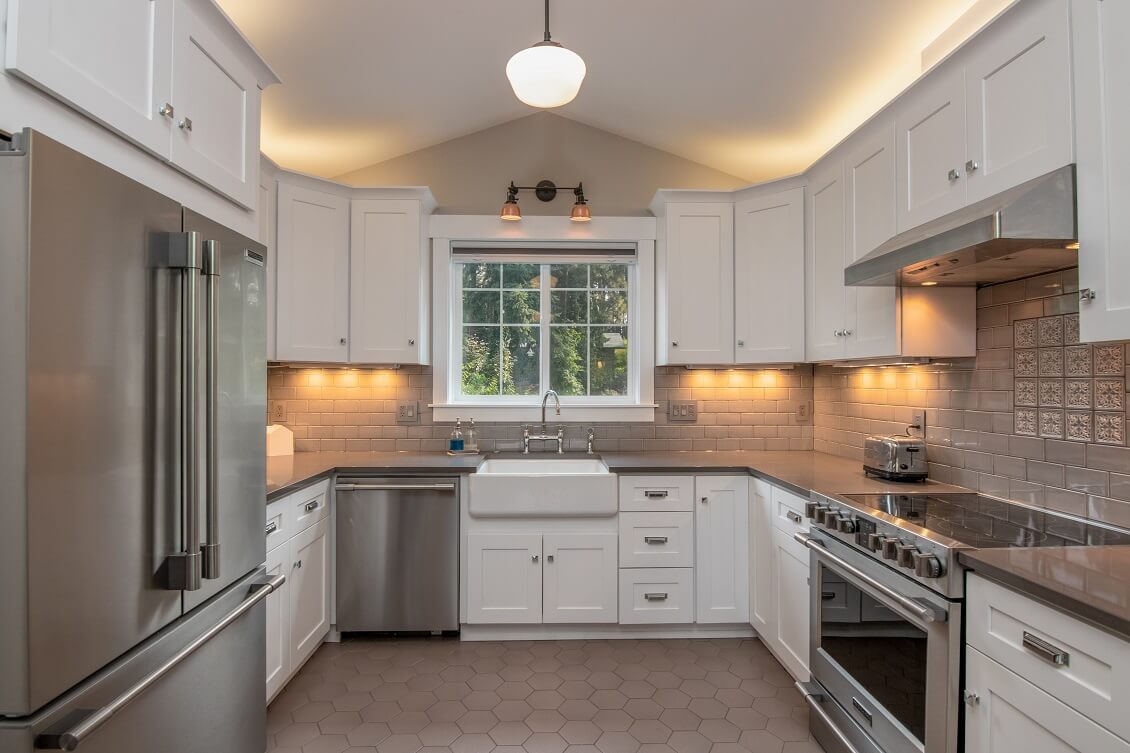The Best Vacuum Membrane Adhesive
The process of veneering MDF with PVC foils in the interior decoration industry is of great importance, as the quality of the final product depends on the quality of the materials and the execution process. In addition to the quality of the PVC veneer and MDF, the type of vacuum membrane adhesive used also impacts the final product quality. The following are essential characteristics that these adhesives must possess:
- High thermal resistance
- High moisture resistance
- Good adhesion to PVC, PP, PET, and ABS foils
- Quick drying
- Even spray ability and ease of use
- Free of harmful compounds for user health and the environment
These features ensure that the vacuum membrane adhesive not only provides a durable bond but also contributes to the safety and sustainability of the product
High Thermal Resistance
Thermal resistance refers to the maximum temperature that vacuum membrane adhesives can withstand without losing their adhesive properties. This characteristic is crucial when selecting vacuum membrane adhesives for use in the production of kitchen parts near gas stoves. In tropical regions where air temperatures soar in the summer, the adhesive’s resistance must be such that the veneered parts do not deteriorate.
For single-component adhesives, this temperature is typically defined at 80 degrees Celsius. This temperature can be increased up to 120 degrees Celsius for two-component adhesives used with a hardener. It should be noted that after veneering MDF parts, the thermal resistance of the adhesives depends on the type, thickness, and activation temperature of the adhesives during the veneering process. For some thicker veneers, there is the possibility of increasing the temperature and maximizing adhesive activation, which increases the adhesives’ thermal resistance, while for others, it is necessary to work with the minimum activation temperature.
High Moisture Resistance
To assess the moisture resistance of vacuum membrane adhesives, global standards DIN/EN 204 and DIN/EN 205 have been defined, which categorize adhesives into four classes from D1 to D4. Adhesives in the D1 category show the least moisture resistance, while those in the D4 category exhibit the highest. Consumers of vacuum membrane adhesives can select products with the appropriate standard based on the intended use of the final product. For example, in areas with high air humidity or for veneering cabinets in bathrooms and kitchen sink areas, it is advisable to use adhesives from the D4 group.

Spray ability and Ease of Use
The most common application method for these adhesives is through a spray gun nozzle, ensuring an even distribution of the adhesive on wooden parts, primarily MDF. This results in a consistent adhesion of PVC veneers to the wooden surfaces. The adhesives’ rheological properties must allow for a smooth spread over the work surface using standard spraying equipment. This focus on rheological properties is crucial, as it guarantees that the adhesive can be applied smoothly and uniformly, providing optimal performance and ease of use for the end-user.

Two-component systems are mixed just before use, according to the specified ratio, to initiate the required reaction and ensure complete bonding of the system. Adhering to these guidelines and determining the time for effective curing is crucial and challenging. Additionally, two-component systems have a limited working time as cross-linking over time can cause the system to gel and become unworkable. These limitations have led to a reluctance among users to use two-component water-based adhesives in this field. One-component systems have the advantage of not requiring mixing, making their application easier.
Quick Drying
A key feature of vacuum membrane adhesives is their rapid drying after application on wooden parts. The usage method is such that after spraying and drying the adhesive on MDF parts, these parts are placed in the vacuum membrane machine for veneering. The quick drying of the sprayed adhesive saves time and allows for veneering a greater number of parts, also making the process easier for operators.

Free of Harmful Compounds
For User Health and the Environment In recent years, the market for surfaces veneered with thermoplastic materials has grown in the interior decoration and kitchen cabinet industry, leading to increased demand for production and consequently for suitable adhesives in this area.
In past decades, solvent-based urea-formaldehyde adhesives were used for veneering wood parts, posing serious risks to health and the environment. One and two-component water-based polyurethane adhesives, free of volatile organic solvents and with high adhesive power, durability, and high separation threshold, have attracted significant attention.
The absence of harmful organic solvents and the use of water as the primary solvent in these adhesives not only ensures the safety of the product for users but also reduces environmental pollution risks from the waste of the final products made with these adhesives.


